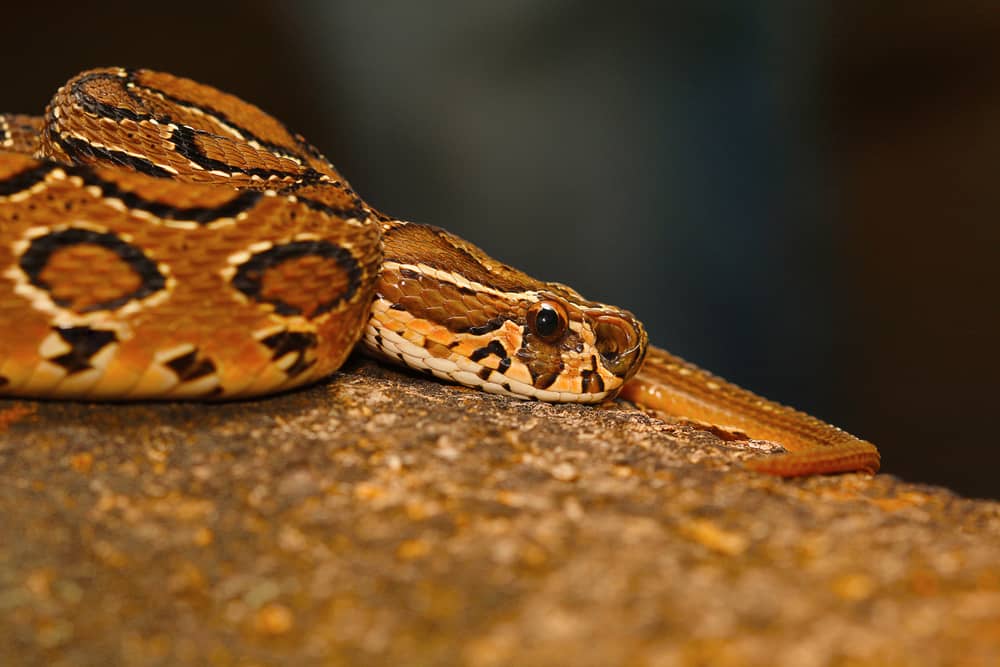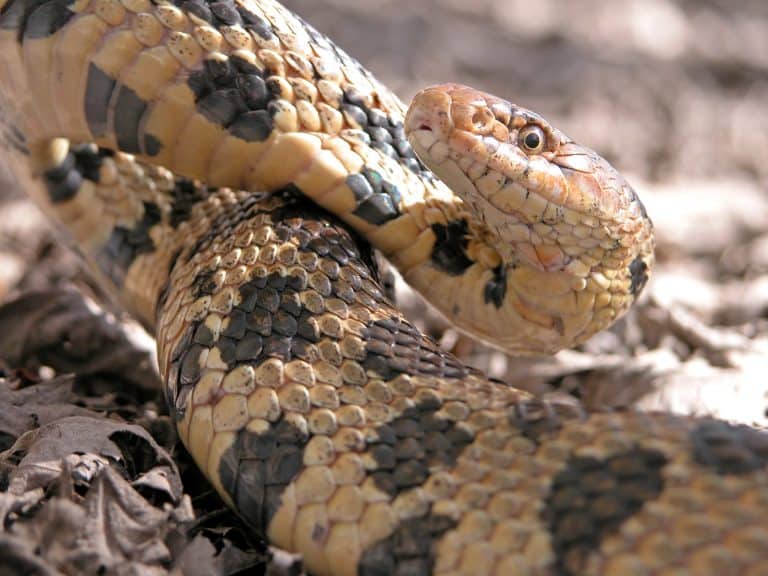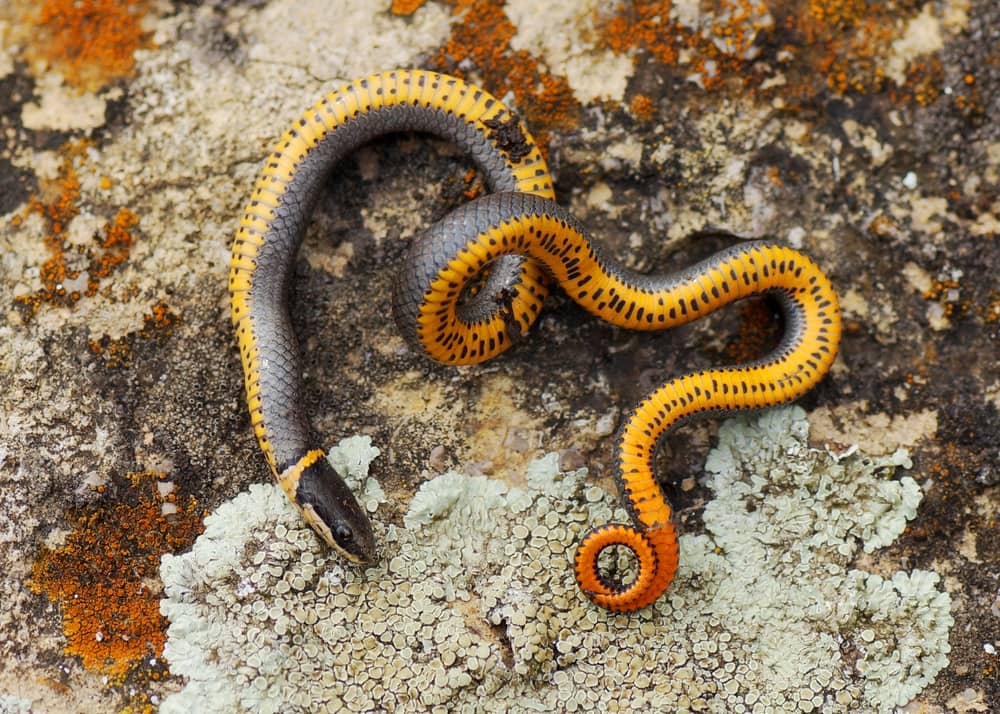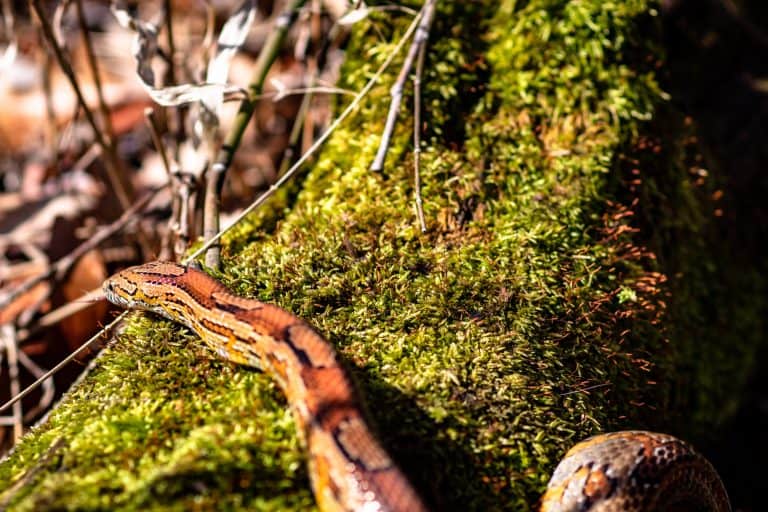What is Russell’s Viper?
Russell’s Viper (Daboia russelii) is one of the most notorious venomous snakes in Asia. Known for its aggressive nature and potent venom, this snake has become the subject of fascination and fear alike. With its distinct physical traits and lethal capabilities, Russell’s Viper is a fascinating yet dangerous creature.
Found mainly in India, Sri Lanka, and parts of Southeast Asia, it is one of the most recognized species of vipers in the region. This snake’s venomous bite has made it a critical species to understand, both for safety reasons and due to its role in the ecosystem.
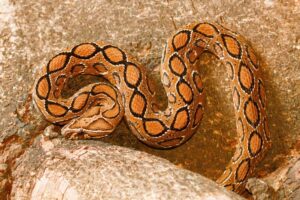
Physical Characteristics of Russell’s Viper
Russell’s Viper is a large, stocky snake, typically measuring between 4 to 6 feet in length. Some individuals can grow even longer. It has a characteristic triangular head and a distinctive body shape that sets it apart from many other snakes. Its scales are rough, and the patterning on its back is usually brown or grey with black markings, resembling a series of diamonds or ovals. These markings provide excellent camouflage against the earthy surroundings where it lives, helping it blend in with its environment.
One of the most striking features of Russell’s Viper is its broad, light-colored stripe running down the center of its back, often bordered by darker spots. This pattern is essential for its survival, as it helps the snake remain hidden from both predators and prey.
Venom and its Toxicity
The venom of Russell’s Viper is highly potent and can be deadly if untreated. It contains a mixture of hemotoxins and neurotoxins, which can cause severe damage to blood cells, tissues, and nerves. The venom works by interfering with the blood’s ability to clot, leading to internal bleeding, tissue damage, and, in extreme cases, organ failure.
What makes Russell’s Viper particularly dangerous is that it doesn’t always bite with the intent to kill. In fact, many bites are considered defensive rather than predatory. The venom is potent enough to incapacitate large prey like rodents, amphibians, and sometimes even small birds.
When a human is bitten, symptoms can include swelling, pain, and bruising, followed by dizziness, vomiting, and difficulty breathing. Immediate medical attention is crucial, and antivenom is often required to treat the bite.
Habitat and Distribution of Russell’s Viper
Russell’s Viper is found across South Asia, primarily in India, Sri Lanka, and parts of Pakistan, Nepal, Bangladesh, and Myanmar. It prefers dry, rocky, and grassland areas but is also found in agricultural lands and forests, particularly near water sources. These environments provide the snake with plenty of cover, as well as access to its primary prey—small mammals and amphibians.
Russell’s Viper in the Wild
In the wild, Russell’s Viper plays an important role in controlling the populations of small mammals and other creatures. It is an opportunistic feeder and will hunt at night, typically ambushing its prey from a hidden position. Using its camouflaged body, the viper strikes quickly, injecting venom into its prey to immobilize it.
The snake’s diet mostly consists of rodents, birds, and amphibians, though it may also consume reptiles on occasion. It is a solitary animal, and despite its venomous nature, it usually avoids confrontation with larger predators. However, it will defend itself aggressively when threatened.
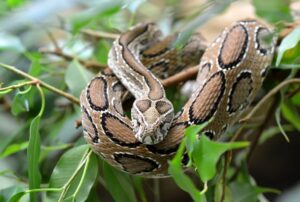
Russell’s Viper Behavior
Russell’s Viper is primarily nocturnal, meaning it is most active at night when temperatures are cooler. During the day, it tends to hide under rocks or in burrows to avoid the heat. At night, it hunts by lying in ambush or slowly stalking its prey, relying on its excellent camouflage and patience to capture food.
This snake is not generally aggressive unless provoked, but when it feels threatened, it can strike with impressive speed. Its defensive behavior includes loud hissing and inflating its body to appear larger. In some cases, it may even “rattle” its tail, although it is not as distinctive as other vipers that possess a rattle.
Reproduction and Lifespan
Russell’s Vipers are ovoviviparous, meaning they give birth to live young rather than laying eggs. Mating typically occurs during the monsoon season, and females can produce anywhere from 10 to 30 offspring at a time. The newborn snakes are already highly venomous, making them formidable from birth.
These snakes can live for up to 20 years in the wild, though their lifespan is often shortened by human activity, such as roadkill or habitat destruction.
Russell’s Viper and Human Interaction
Russell’s Vipers are responsible for a significant number of snakebite fatalities in parts of Asia. Although the majority of bites occur when the snake is accidentally disturbed, it’s still important to exercise caution when in areas where they are known to live. Agricultural workers, especially those who work in rice fields and other vegetation-heavy regions, are at high risk of encountering Russell’s Viper.
Fatalities from Russell’s Viper bites are not uncommon, but with proper medical treatment and the administration of antivenom, the majority of victims survive. In many rural parts of Asia, however, access to medical care can be limited, leading to higher mortality rates.
First Aid and Treatment for Snakebites
If bitten by a Russell’s Viper, it’s important to remain as calm as possible to prevent the venom from spreading faster through the bloodstream. Immediate steps include:
-
Move away from the snake: It’s essential to distance yourself from the danger.
-
Call for medical help: The sooner you get to a healthcare facility, the better the chances of recovery.
-
Keep the affected limb still: This helps to slow down the venom’s spread.
-
Do not try to suck out the venom: This is a myth and does more harm than good.
-
Apply a bandage: You can apply a bandage above the bite site to help slow venom flow, but it should not be too tight.
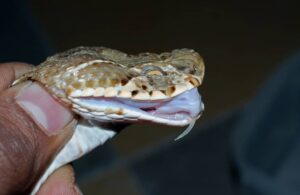
Conservation Status of Russell’s Viper
Due to habitat destruction, climate change, and human-wildlife conflict, the population of Russell’s Viper has been impacted in some areas. However, it is not currently listed as endangered. Conservation efforts focus on protecting the habitats where the snake thrives, reducing human-snake conflicts, and educating the public about the importance of these snakes in local ecosystems.
How to Coexist with Russell’s Viper
If you live in an area where Russell’s Vipers are common, it’s important to take precautions to avoid accidental encounters. These precautions include wearing boots when walking in tall grass, staying alert in rural areas, and educating local communities about snake behavior.
Russell’s Vipers are an integral part of their ecosystem, and it’s essential that humans learn how to coexist with these creatures without resorting to killing them. Education, awareness, and respect for wildlife can go a long way in ensuring both human and animal safety.
Conclusion
Russell’s Viper is a fascinating yet dangerous snake, revered for its venom and survival instincts. While it can be deadly to humans, understanding its behavior and taking the necessary precautions can help minimize risks. By learning about these snakes and respecting their place in nature, we can co-exist peacefully with one of the most remarkable species of Asia.
FAQs About Russell’s Viper
1. How dangerous is Russell’s Viper to humans?
Russell’s Viper is highly dangerous due to its venom, which can cause severe symptoms and fatalities if not treated promptly.
2. Where can you find Russell’s Viper in the wild?
It is found in India, Sri Lanka, and parts of Southeast Asia, particularly in dry, rocky, and grassland areas.
3. What does Russell’s Viper eat?
Russell’s Viper primarily preys on small mammals, amphibians, and birds.
4. How can I identify Russell’s Viper from other snakes?
Its characteristic diamond-shaped markings and broad, light-colored stripe along the back make it easily identifiable.
5. Can Russell’s Viper venom be used for medicinal purposes?
Yes, research into snake venom has led to the development of certain drugs, though Russell’s Viper venom is primarily studied for its toxic properties rather than medicinal use.
Please don’t forget to leave a review.
